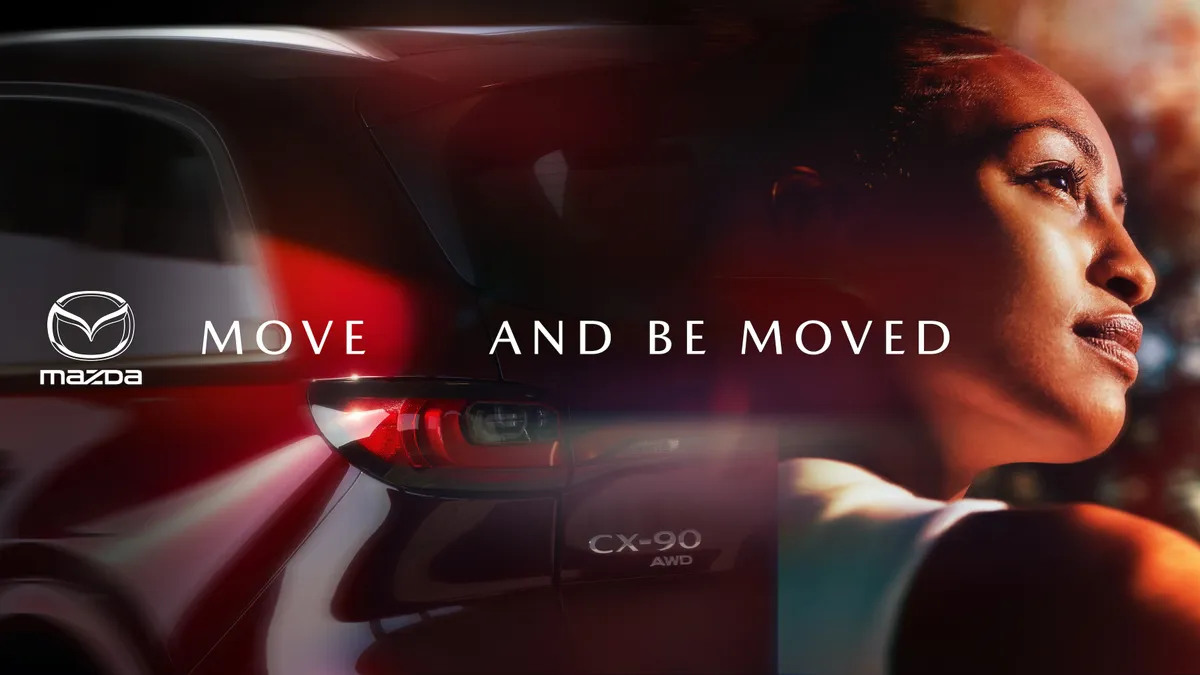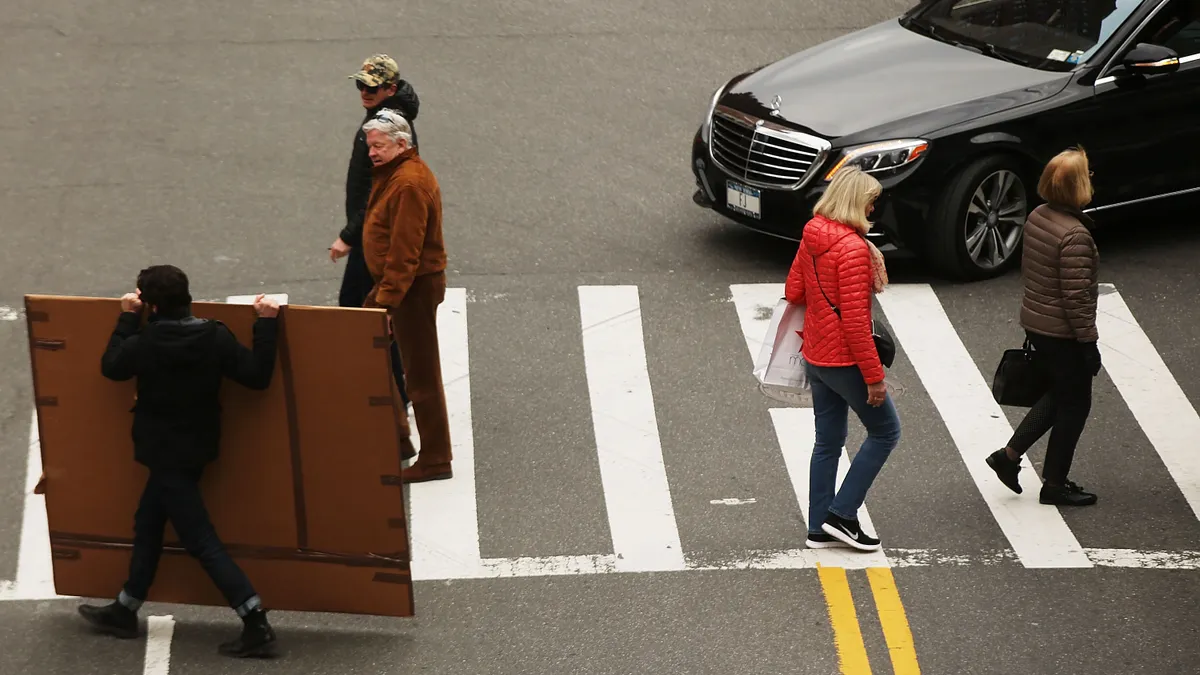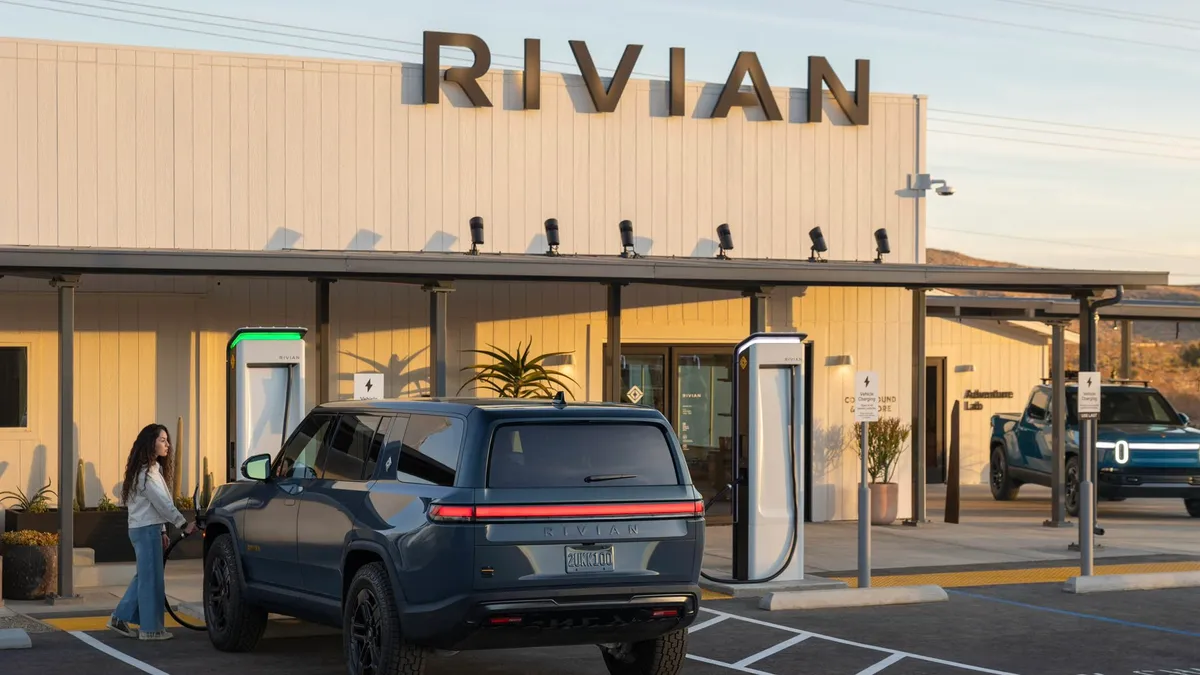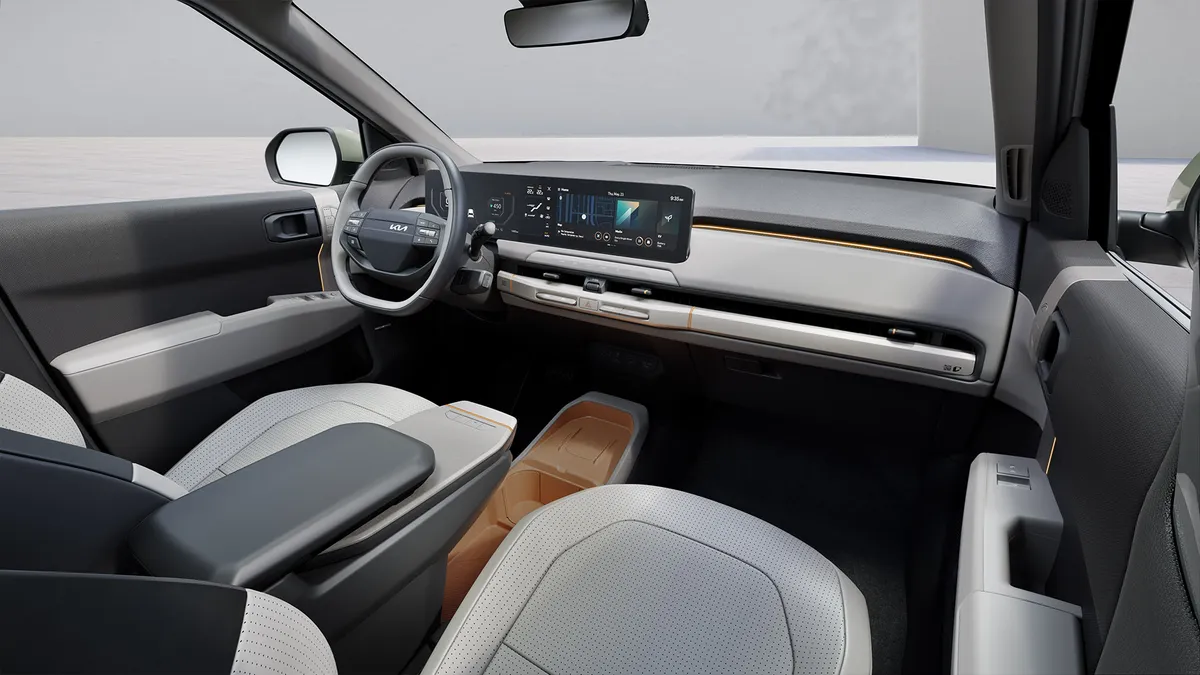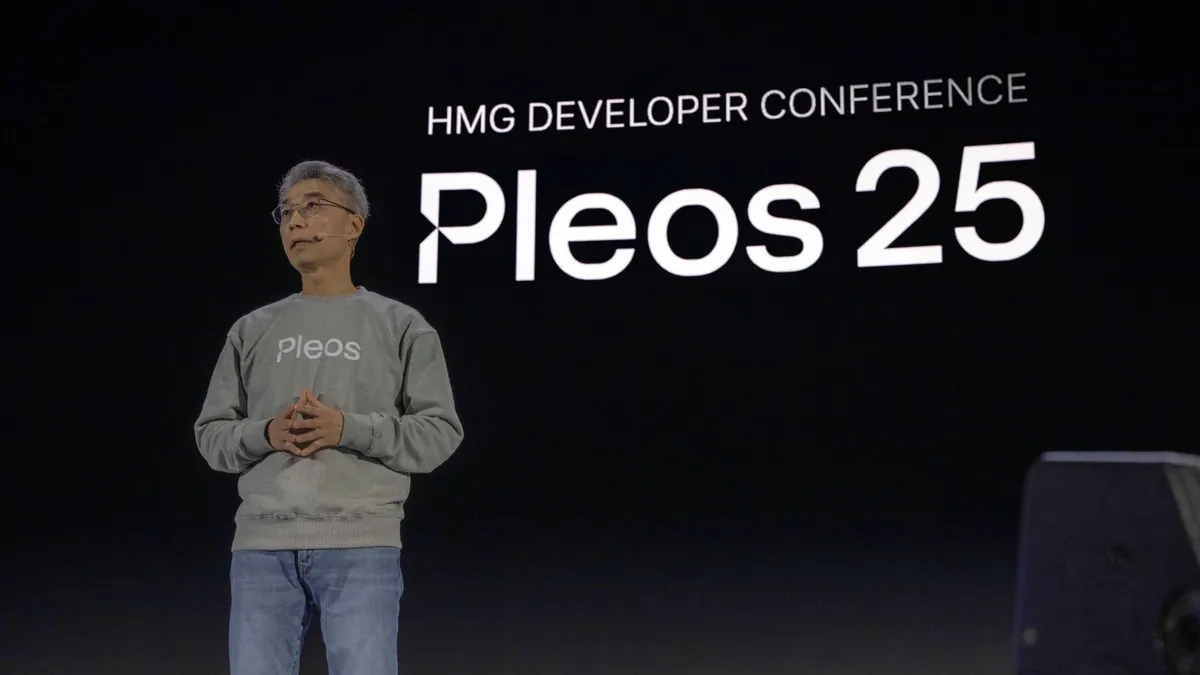Mazda’s latest ad, “Choose to Be Moved,” opens with a shot of the original MX-5 Miata, the sports car that kicked off a roadster craze in the ‘90s. With its pop-up headlights and a look so playful it inspired Pixar characters, the Miata represents a critical moment when the automaker left an imprint on consumers.
“Whether or not you are a Mazda fan or a motoring fan, you appreciate what that car stands for,” said Brad Audet, chief marketing officer for Mazda North American Operations.
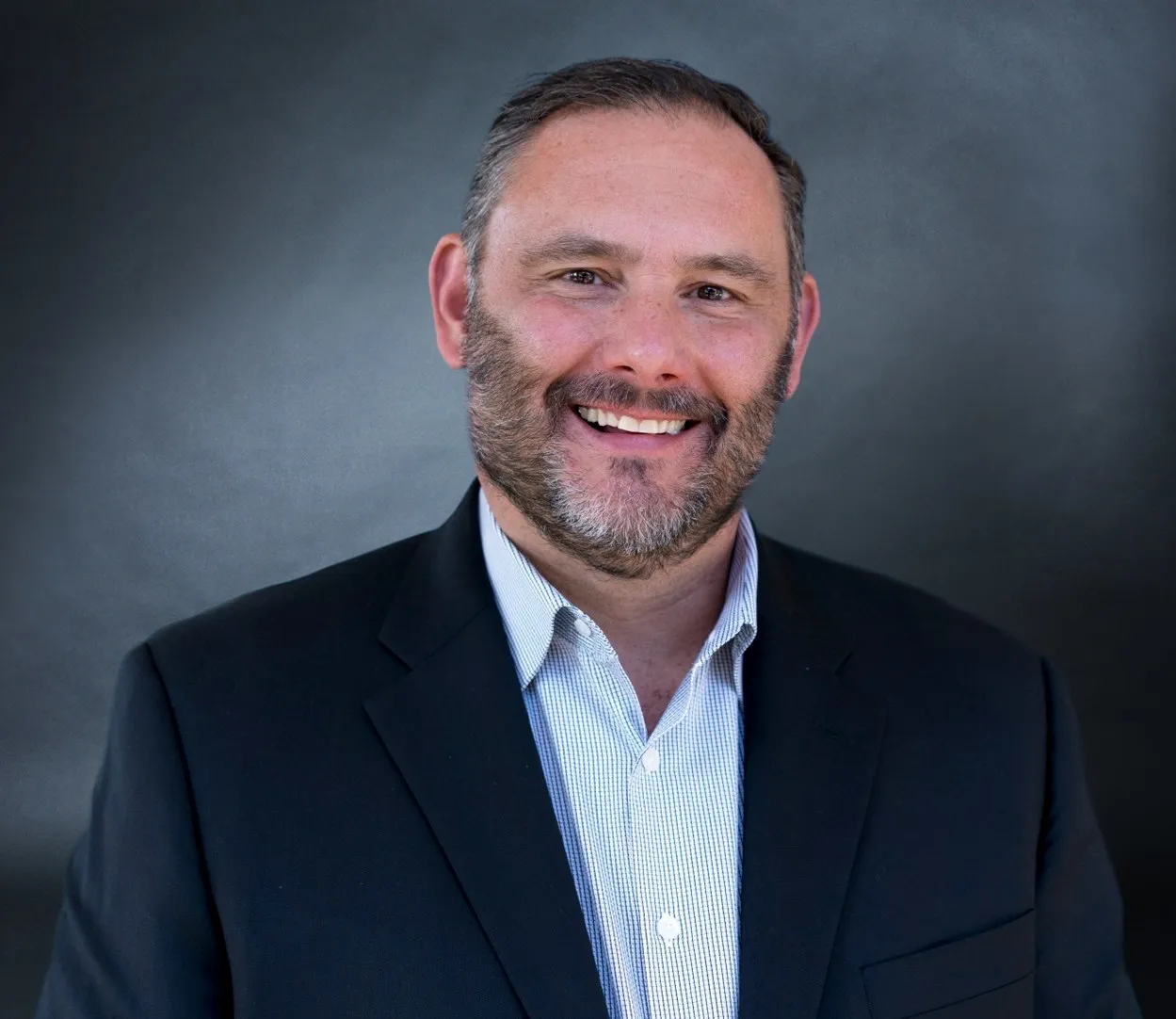
“Choose to Be Moved” is the first creative from Mazda’s new brand platform. “Move and Be Moved” seeks to connect the brand’s heritage with the cultural zeitgeist, pairing the emotional response to physical movement with the ways consumers move through life. The launch comes at a key time for the 104-year-old brand as the auto industry faces dramatic transformation.
“When people know Mazda, they love Mazda, but not enough people know Mazda,” Audet said. “We do really well, and our sales have almost doubled over the course of the last four years, but people don’t really know Mazda or the shared values that we have with our customer.”
Audet has been Mazda’s CMO since September 2020, after joining as interim CMO when the COVID-19 crisis began in March of that year. Marketing Dive spoke with the executive about the brand platform, how data helps Mazda live up to its Japanese roots and more.
The following interview has been edited for clarity and brevity.
MARKETING DIVE: Tell me about the brand platform and what it means for Mazda moving forward.
BRAD AUDET: “Move and Be Moved” is all about celebrating shared values with people as they move forward through their lives, and how, as a car company and a kind of companion in life, we can help move people, emotionally and physically, to enjoy the things in their lives that are important to them. It’s an invitation to lead a bigger and fuller life in many ways.
The automotive business is going through dramatic transformation right now. It’s a highly competitive, highly cluttered environment, and I think it’s really important that Mazda develops a clear and distinctive point of view in the marketplace. Coming out of the pandemic, people are yearning for more human-like connections. They’re yearning for better, more quality types of experiences. This is what this platform celebrates.
The launch comes as we’re seeing the pendulum swing back from performance marketing to brand building for many marketers. How has Mazda balanced those needs?
During the pandemic, I think everybody turned on the performance marketing engine because there was such disruption in the way that customers were shopping. The advent of technology over the course of the last decade has given people new opportunities that they didn’t realize that they had before. So maybe the pendulum went too far to the performance marketing side. People are recognizing right now that brands still need to have an idea, and they need to be anchored in something that the customer finds valuable.
I wouldn’t say that we pivoted too far in performance marketing, but what I would say is that we probably weren’t paying as much attention to strengthening the brand as we were optimizing our sales. What we’ve come up with right now is a formula that provides balance in both sides of the equation. Our performance optimization has helped grow our share over the course of the last four years, and now I think this will just add an accelerant to that.
What was the creative process behind the “Choose to Be Moved” spot?
We work with the WPP agency VML as our lead creative agency, and this is something that we’ve been working on with them for some time. We went through the normal process that everybody goes through: identifying an insight where there was opportunity in the marketplace, how customers were shopping and behaving and what role we could authentically fulfill based on who we are as a brand.
Mazda has always been a very human-centric brand. Before “human centricity” was brought into our the world of marketing lingo, Mazda was actually behaving that way. They have a long-time phrase, “For humans, by humans.” Coming out of the devastation of World War II, they’ve always believed that they have to put people at the center of everything we do. I think the essence of our heritage has come through in this work.
People are moving forward in life with more intentionality right now. They’re making more conscious decisions about the ways that they invest their time and their energy. We see that with the younger cohorts much more so than with Gen X and the boomers, in terms of [prioritizing] experiences over materialistic types of things. People want to live a life well lived, and we want to be their trusted companion and enabler to help them go to life’s key moments.
Why did Mazda include WNBA rookie Nika Mühl, professional surfer Cliff Kapono and MX-5 Cup Racer Helio Meza in the spot?
There was a little bit of a strategy in trying to create more breakthrough, because auto industry creative generally doesn’t score the highest. A lot of people are using influencers right now as as a way to amplify, but our motivation was more about connecting. How do we authentically connect to communities?
All three of these people are influencers in their respective spaces. Maybe not mega-influencers, but they have a pretty solid following. So the idea here was to use the influencers not to create their own content, but actually showing them in their real life, so that people understand them as real people.
How are you amplifying this campaign with regards to spend and channel mix?
This year, we’ve probably spent more than we’ve spent probably ever in the U.S. We’re still a relatively small brand, comparatively speaking, but we’ve done a good job in terms of what we’re spending.
“Move and Be Moved” was designed as a full customer journey expression, but it will move into all of the performance areas around demand gen and demand capture in the mid to lower funnel, but in the upper funnel right now, we’re exclusively focusing on the brand story. You’ll see it a lot in television, primarily around sports, because that’s what people are watching. We’re trying to take a multiscreen approach to video and be where the customers are.
We have a season-long deal with Amazon on “Thursday Night Football.” Because the Amazon environment is all basically tagged, you can know exactly what kinds of households are watching your commercials and there’s the opportunity to remarket back to those people. There’s a lot of good behavioral data behind the Amazon platform.
We’re also in more traditional environments, like ESPN and Fox on Saturday college football, and then Monday Night Football. We’ll also be in the WNBA finals this fall. We’ve kicked off the campaign doing some homepage takeovers on Hulu and Samsung TVs. It’s the first time we went into the Samsung environment, so we’re anxious to see what data comes back.
As our brand platform, “Move and Be Moved” will fuel things like how we design our customer experience and our community activations moving forward. It’s more than just ads. It’s really about creating an ecosystem and a community of believers.
How is that type of data that Amazon and Samsung provides fueling your marketing efforts?
If you’re a human-centric brand, and you believe in the power of human potential, then you have to be a great listener. That means that you have to hear the signals that your customers are giving off. You need to accumulate those and you need to get smarter about you respond to your customer.
There’s a Japanese term that’s very important to us at Mazda called “omotenashi,” which is about how you treat people. It’s an empathetic, gracious kind of behavior where I assume the perspective of walking in your shoes, I put your needs before mine, and a key piece of that is being able to anticipate what it is that you’re going to want or need.
My belief is that we can bring omotenashi to life through communications and experiences by leveraging the data signals of our customers to anticipate what they’re going to need or want to do before they’re able to do it. As marketers, we forget sometimes that we actually have a responsibility to lead the customer. A lot of times marketers want to follow the customer, and I think we’re trying to change that. As a small brand, we need to punch above our weight, and data gives us a unique perspective to be able to do that.



